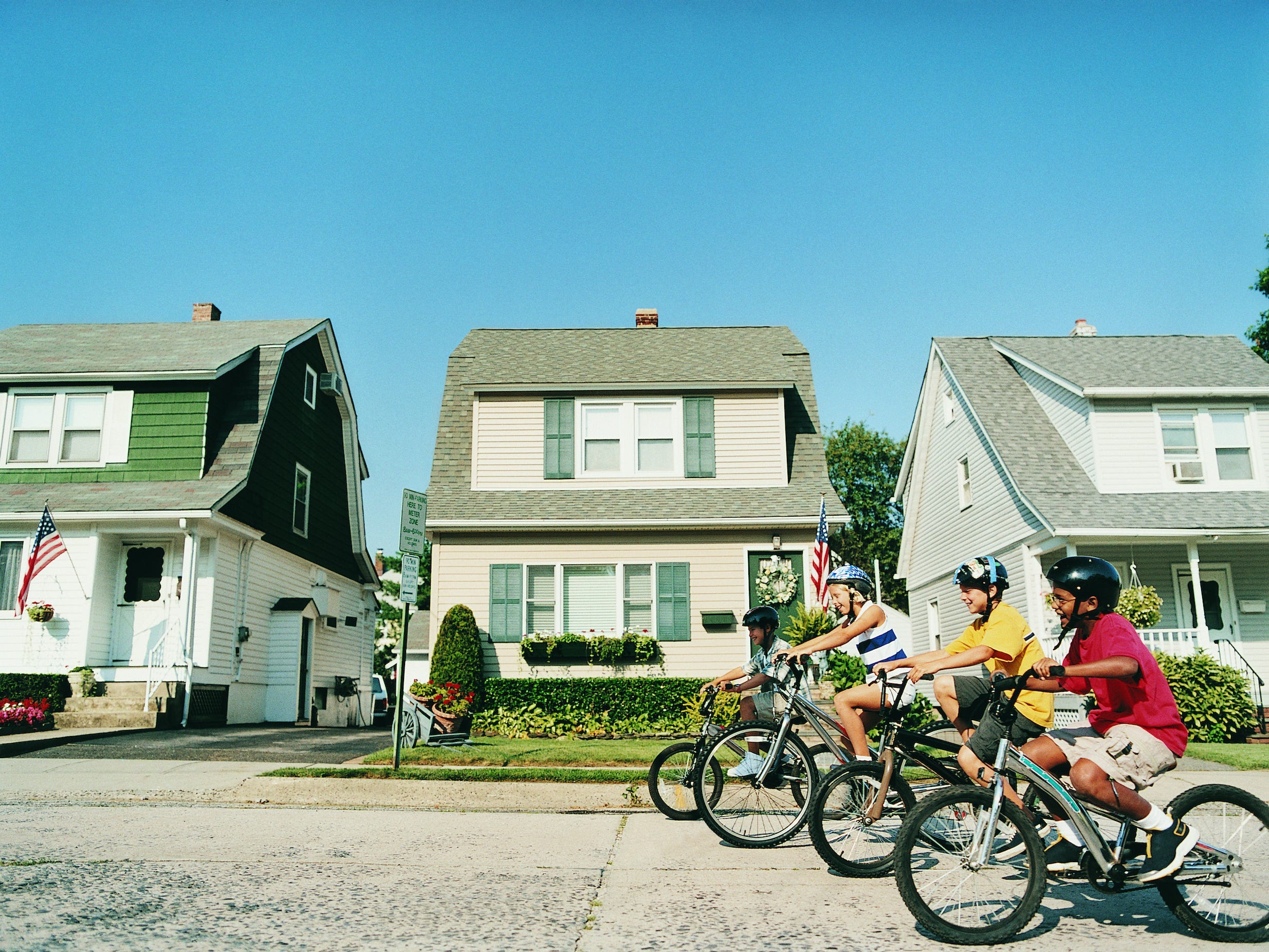
- Bloomington, Illinois, tops Realtor.com's list of the best markets for first-time home buyers.
- The ranking was based on factors like affordability, inventory, and the number of millennials there.
- The pandemic has led to a frenzied real estate market, resulting in low inventory and bidding wars.
- See more stories on Insider's business page.
The real estate market is on fire, meaning first-time home buyers could face a daunting task. But according to new data from Realtor.com, there are a handful of US cities well-suited to welcome hopeful buyers.
The COVID-19 pandemic has encouraged a real-estate rush, with desperate home buyers snatching up homes nationwide in an effort to take advantage of low mortgage rates. The surge has led to outlandish bidding wars and, sometimes, regret among buyers who made snap decisions in their hurry to put down roots.
Plus, housing inventory has hit record lows as those who already own homes are opting not to sell, and new home construction has dipped over the years.
Read more: It's actually a horrible time to buy a house
The frenzied market has also made it challenging for first-time buyers who are competing against existing home-owners or investors, according to Realtor.com's Sabrina Speianu.
To find the markets where first-time buyers might have the best luck, Realtor.com looked at 774 cities, each with a population of more than 50,000. The regions were ranked on a number of criteria, including available inventory, affordability, job opportunities, commute time, local amenities like restaurants and bars, and the number of 25- to 34-year-olds who live there.
Here are the best locations for first-time home buyers:
- Bloomington, Illinois
- Iowa City, Iowa
- Kalamazoo, Michigan
- Great Falls, Montana
- Eau Claire, Wisconsin
- Savannah, Georgia
- Schenectady, New York
- Taylorsville, Utah
- Harrisonburg, Virginia
- Rapid City, South Dakota
Speianu noted that Bloomington ranked higher than the national benchmark for all six of the metrics measured. In the case of the other nine cities, Speianu said, buyers will likely have to make some trade-offs when it comes to factors like available inventory or amenities.
As a group, the top markets have a larger share of millennials than the national average - 14.3% vs. 13.5% - more active listings, more affordable homes, lower unemployment rates, shorter commutes, and a higher count of bars and restaurants than the national average.
While it remains to be seen if any of these markets will lure millennial homebuyers, particularly as vaccinations rise and society gradually returns to normal, there has been a noticeable migration among young people during the pandemic, according to research from investment management firm Cowen and Company published late last year. Among the 2,700 people Cowen surveyed, 48% of millennials reported living in the suburbs compared with 44% in 2019.
"This suburbanization trend has been slowly occurring since 2017, and we expect it to accelerate with the COVID-19 disruption," Cowen analyst John Kernan wrote. "These results are also corroborated by a shift in home ownership."
Those who reported living in cities fell to 35%, down from 38% last year, likely driven by a desire for access to outdoor space, larger square footage, or a more comfortable work-from-home arrangement.
